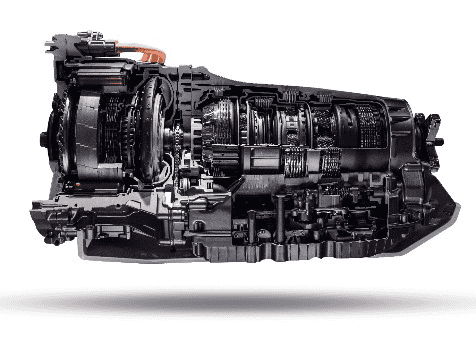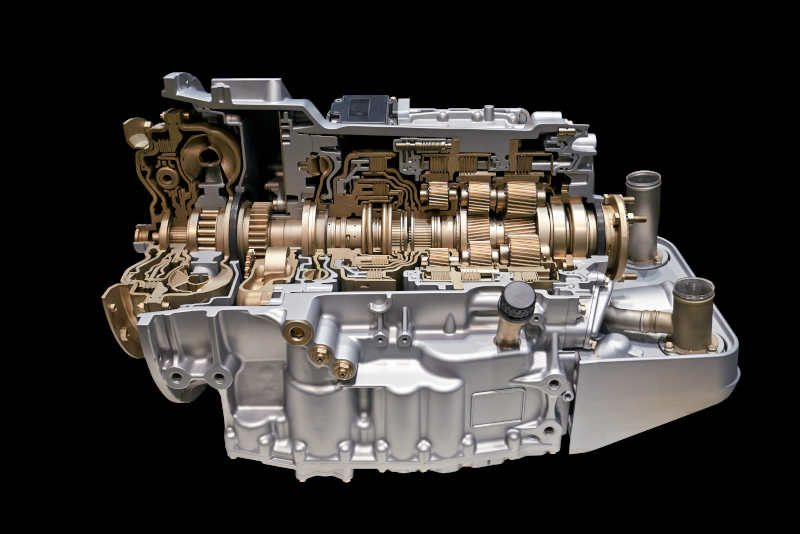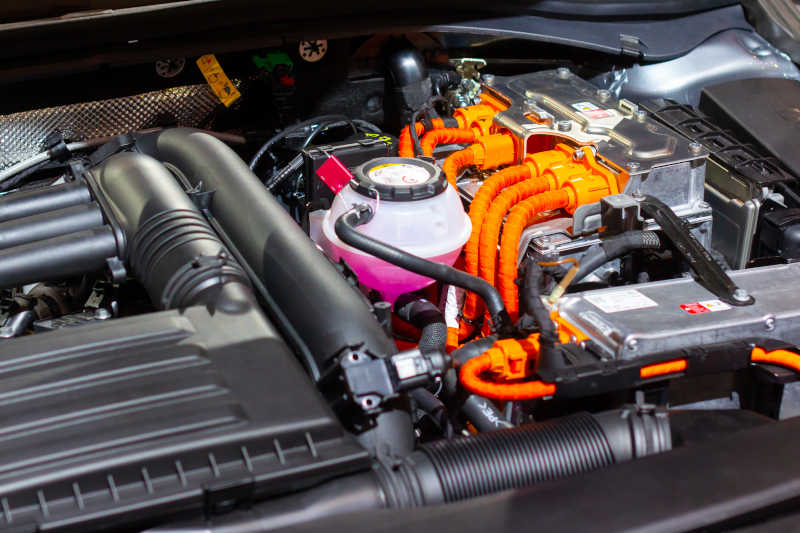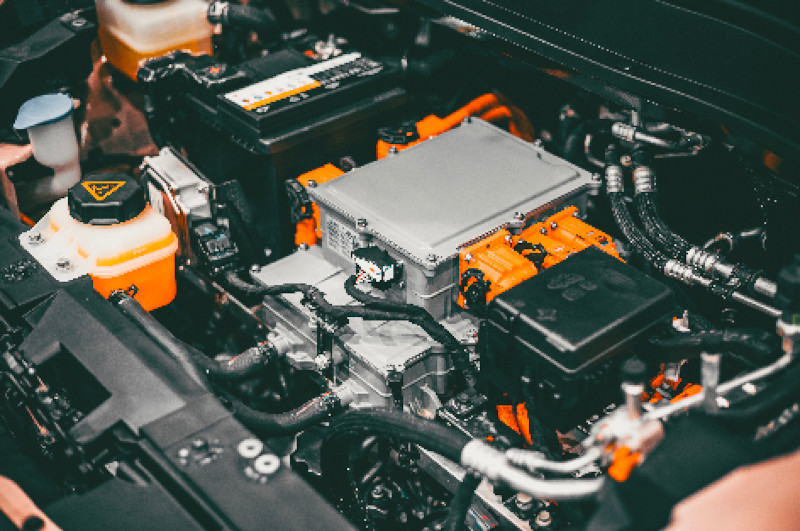Executing powertrain packaging designs requires complex engineering. In order to protect each product during its shipment, manufacturers commonly end up with oddly shaped packaging that drains their budgets. But poor powertrain packaging designs can also be dangerous. While loading and unloading heavy, sensitive and bulky powertrains, a simple misstep can contribute to harming employees and the product. Luckily, there are 3 steps to reducing powertrain packaging costs that can help you to safely ship powertrains.
Step One: Focus on Packaging Design
Focusing on powertrain packaging designs can allow manufacturers to increase monetary gains for a number of reasons. By creating protective packaging, manufacturers can minimize the jostling that comes with shipping products overseas. But they can also help to protect their products from humidity, and increase cube utilization.
Additionally, some customers might build wooden crates around an engine or transmission in order to prepare it for shipment. But this process takes time, and it’s potentially dangerous. Instead of risking safety, time, and money; there are systems that allow you to drop your engines and powertrains right into the package, which substantially reduces packaging time. Honing in on each packaging design can seem like tedious work. But over the course of time, it’s guaranteed to save manufacturers both time and money.
Step Two: Prioritize Program Management
The packaging market is constantly changing. Factors like material availability, material cost, and shipping costs can severely impact the supply chain. For this reason, even after manufacturers have developed their packaging designs, it’s important to continuously seek opportunities for growth, improvement and savings. This is an integral part of the process that adds to efficiency and cost savings.
Step Three: Improve Freight Costs
Powertrain packaging is built to protect the product that it houses. But it’s also important to prioritize cube utilization while developing packaging designs. Being able to stack multiple powertrains on top of one another and then “cube” into a shipping container can substantially reduce the cost of shipment. As the market ebbs and flows, manufacturers can benefit from the continuous evaluation of freight cost improvements and utilization. Not only will this step help to reduce shipping costs, it’ll also increase each brand’s efficiency, which leads to repeat business.
These steps work together to reduce the total landed costs of shipping powertrains. But they’re also built to increase protection during transit. PCD is your partner in global and local transport because of our dedication to reliability and efficiency. If you need help, please don’t hesitate to contact us!





